Northern Guangdong has been captured by floods, can Guangzhou always be lucky to escape?
Author:Yangcheng.com Time:2022.06.23

This year, Guangzhou's "Dragon Boat Water" came extremely rapidly. Within a month (5.21-6.21), the city's average rainy day reached 26.6 days. Among them, it recorded rainfall above rain. In the past two days, the Sun Father -in -law finally "Putou", Guangzhou restarts the "barbecue mode" ...
However, Qingyuan and Shaoguan, who were less than 100 kilometers away from Guangzhou, still suffered a heavy rain, and the affected situation was serious. In the Yingde Floor Faifeng Tower, the houses are soaked in water near Beijiang's low -lying parts.
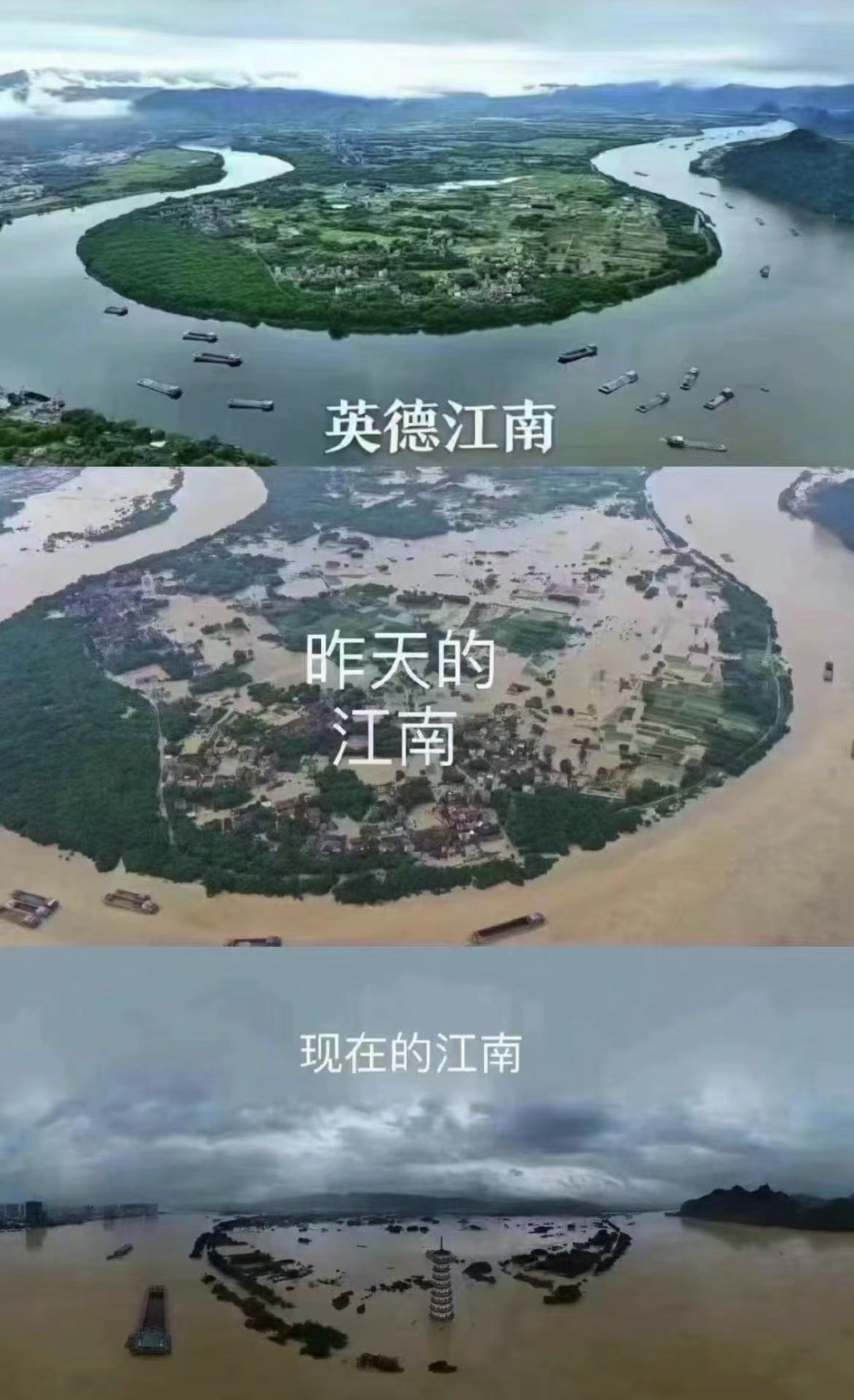
Source network
The flood situation in northern Guangdong reminds many netizens at the Extraordinary floods that happened last year in Zhengzhou, Henan. What is little known is that Guangzhou, a hundred years ago, was also surrounded by heavy rain and floods under the pinch of dragon boat water and typhoons a hundred years ago. Seven days and 7 nights caused severe life and property losses.
01
Historian unprecedented Yizhen Water Fast Flearies
A song song that Guangzhou people will sing: "The rain is heavy, and the water is soaked in the street." Because Guangdong is in a subtropical monsoon climate, the typhoon is more than 120 days of annual precipitation, and everyone is accustomed to rain or even water.
However, the flood of Yizhen, the flood in July 1915, is the most tragic flood in the Pearl River Basin ever since history and writing. Scholars Li Wenhai listed it as one of the "Top Ten Castencys in China".
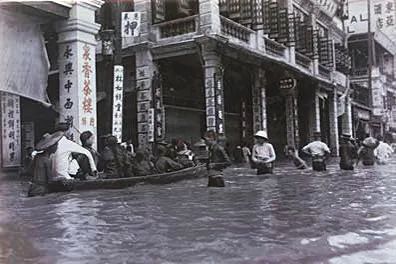
Guangzhou is like Ze State, Tuyuan Guangzhou Literature History
According to the records of the government at that time, the affected areas are not limited to Guangzhou City. There are as many as 43 counties such as Qingyuan, Fogang, Yingde, Dongguan and other counties. 3.78 million, a total of 884,500 tons of crops.
At that time, many influential newspapers and periodicals of China and abroad recorded this shocking flood in detail. The "Dagong" describes the disasters of the surrounding rural areas: "Rural houses are sinking, drifting people and animals, drowning people, flooding the farm, destroying the fields, and the villagers in the villagers." Once on land and farmland, thousands of farmers drowned, among the floods spread around the floods. The house was also in vulnerable to the fierce flood at the time, and a row of houses was instantly crushed.
As a provincial capital, Guangzhou is even more terrible. According to historical records, the worst street water level in Guangzhou is close to 4 meters, and the real disaster is truly extinguished.
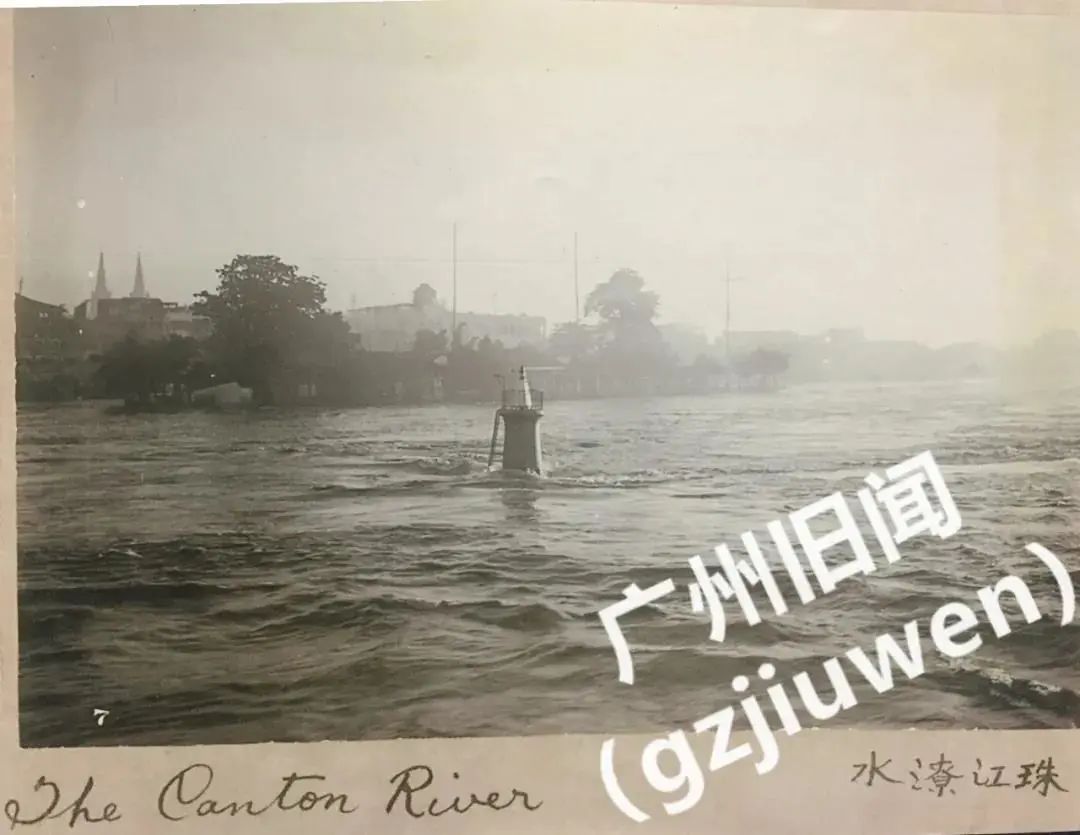
The Pearl River, the double tower of the stone room church in the distance. Source watermark
At that time, there were no avoided regions with bustling and dense population in the city, especially in Xiguan, Langtang, Huadi, Fangcun and other places because of their low terrain and so fast water, drowned the lintel and even roof tiles. The water potential is unavailable. The inner street water is deep than the chest, the source watermark
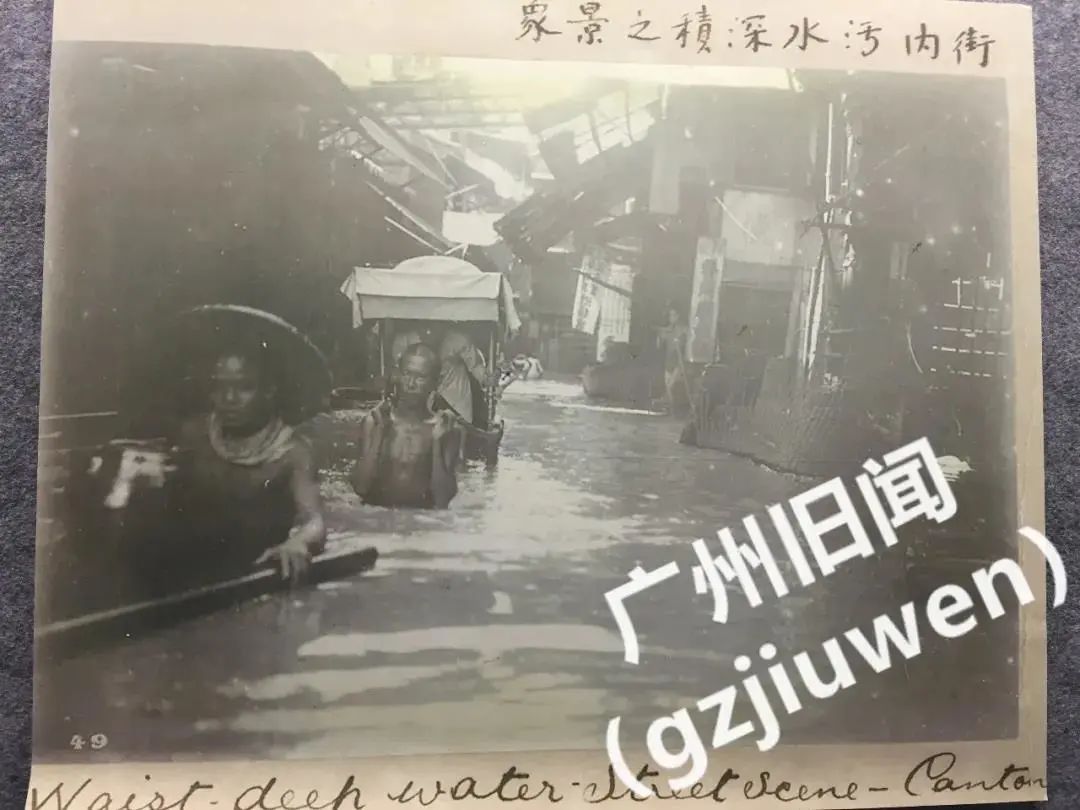
At that time, the commercial districts that were prosperous in the west, such as the eighteen, sixteen Fu, the upper nine, and nine, the Xidi Road, and the Tianzi Wharf were spared. Many well -known shopping malls are also full of floods, such as the well -known first -storey department store stagnant water or even chest.
Traveling on the road on Siti Road, Tuyuan Network
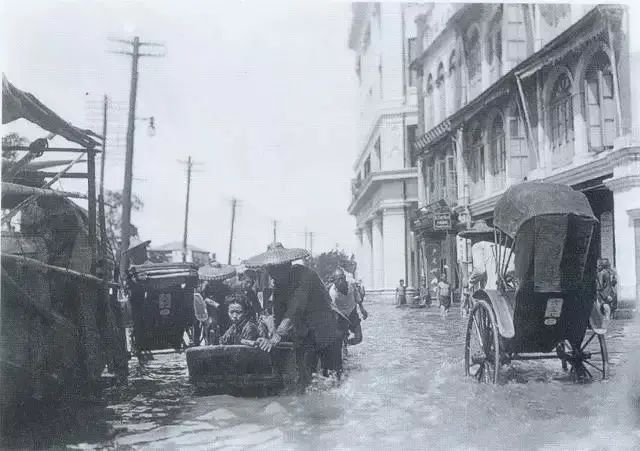
Outside the department store first, picture source watermark
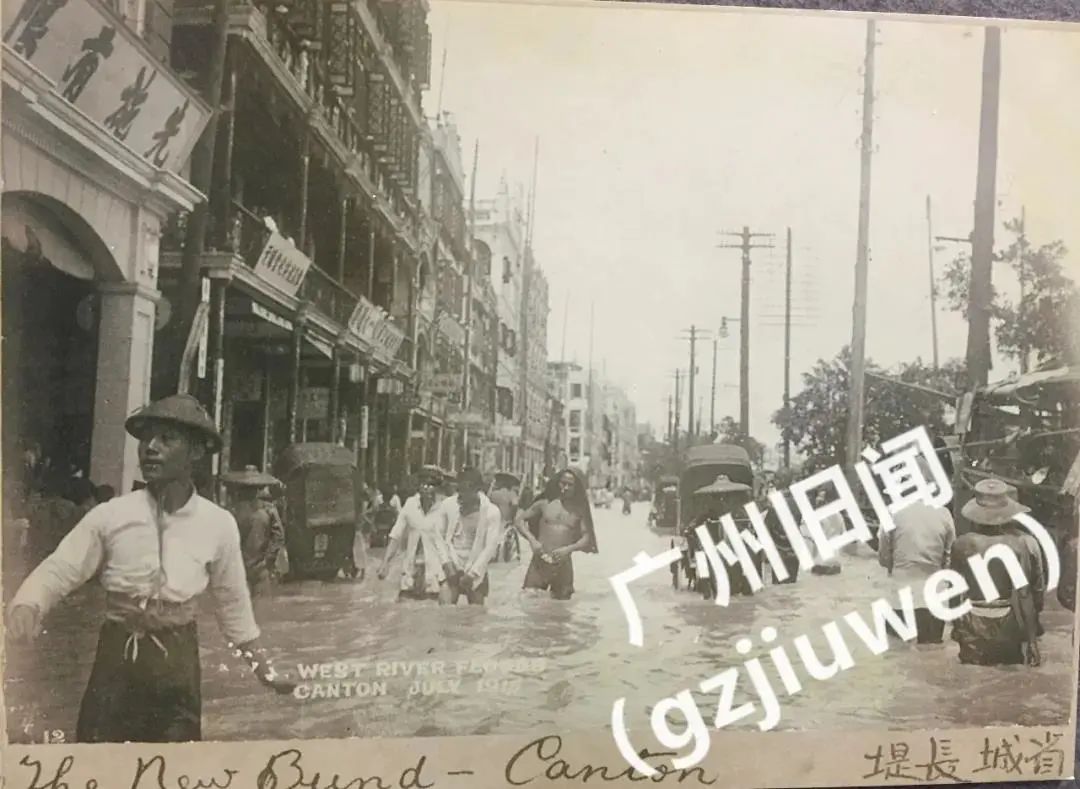
The sand full of foreigners can't escape. Even if a large amount of waterproof sandbags are used to build a flood wall, the major consulates are severely damaged, and the British consulate even collapses. At that time, Xia Shili, a British Guangdong Customs Taxation Division, pointed out in the "Guangdong Customs Ten Years Report (1912-1921)" that in July 1915, Guangzhou encountered "unprecedented floods."
In the east building of the British Consulate, the flood of Yizhen collapsed the arches and roofs. Source watermark
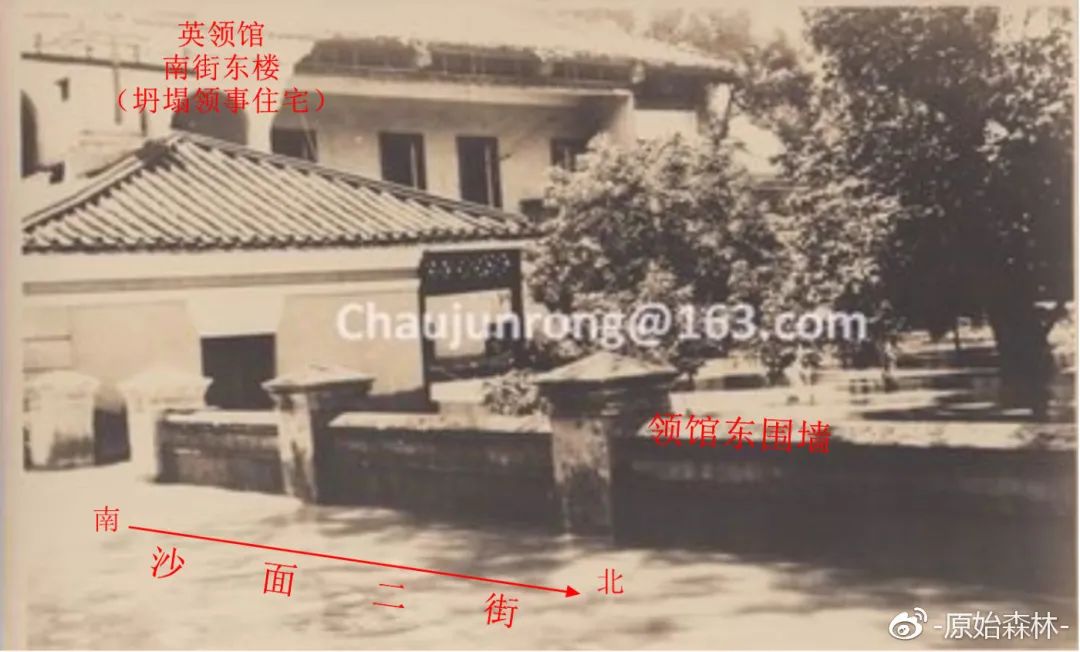
Traveling all the boats, picture source watermark
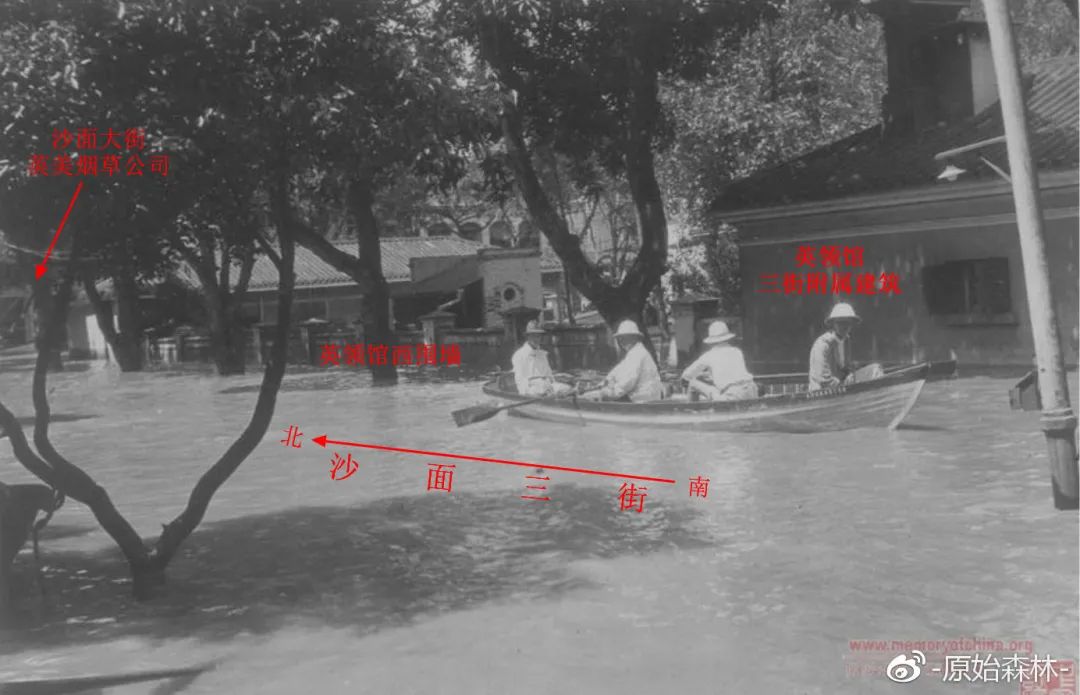
The residents who were not prepared fled around, because the house was underwritten, and everyone had to climb to the tree to avoid it. And because he was worried that the child would break away, the adults tied it to the tree with a rope. The rich bought a boat to escape, but the poor had no money to tie the bedboard together as a boat to escape. If you accidentally, it would be easy to "turn over the boat. Some ship owners took advantage of the fire and charged high costs (100-500 yuan) to rescue the water dropper.
According to the report, there are no less than 100,000 victims that "probably chicken noodles, lying on the ground, and their tragedy is unbearable." The whole Guangzhou City became a dark world.
However, the scourge of the scrubbing of the thirteenth line occurred in the foil. The fire was repeated and continuous. At the beginning, it showed that it was burned at 7 pm the next day, and it burned again within 3 hours. Because of the next door of the fire shop is a candle shop, and the opposite street is a shop that operates flammable items such as fire water and candles. The fire is out of control.
Source watermark
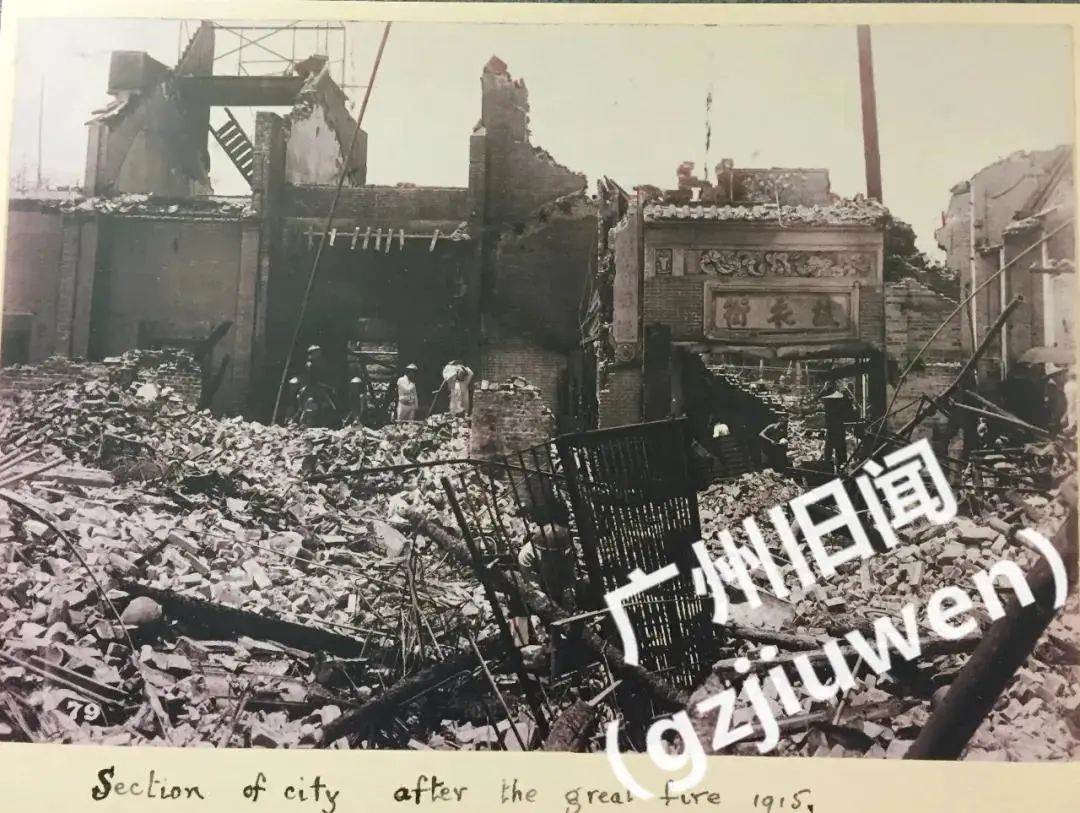
At that time, because of the big water, the original road surface became a "river channel", and the ships were gathered and the head and end were connected. The tail of the Linhe Panel on the opposite side of Henan, most of them use bamboo into fences. With the strong wind, the fire burned from Hebei to Henan, which was terrible. There was also a saying afterwards: "The fire candle is really miserable, and Hebei across Henan."
Many shelters are forced to avoid the floods and fires. They either jump down from the roof and be drowned by the flood. Either stand in the place and wait for the fire. Essence The fire "causes the potential to become Liaoyuan, ... the burning ointment oil flows out of the water about half an inch, and the corpse has not been covered by the straw mats.
Source watermark
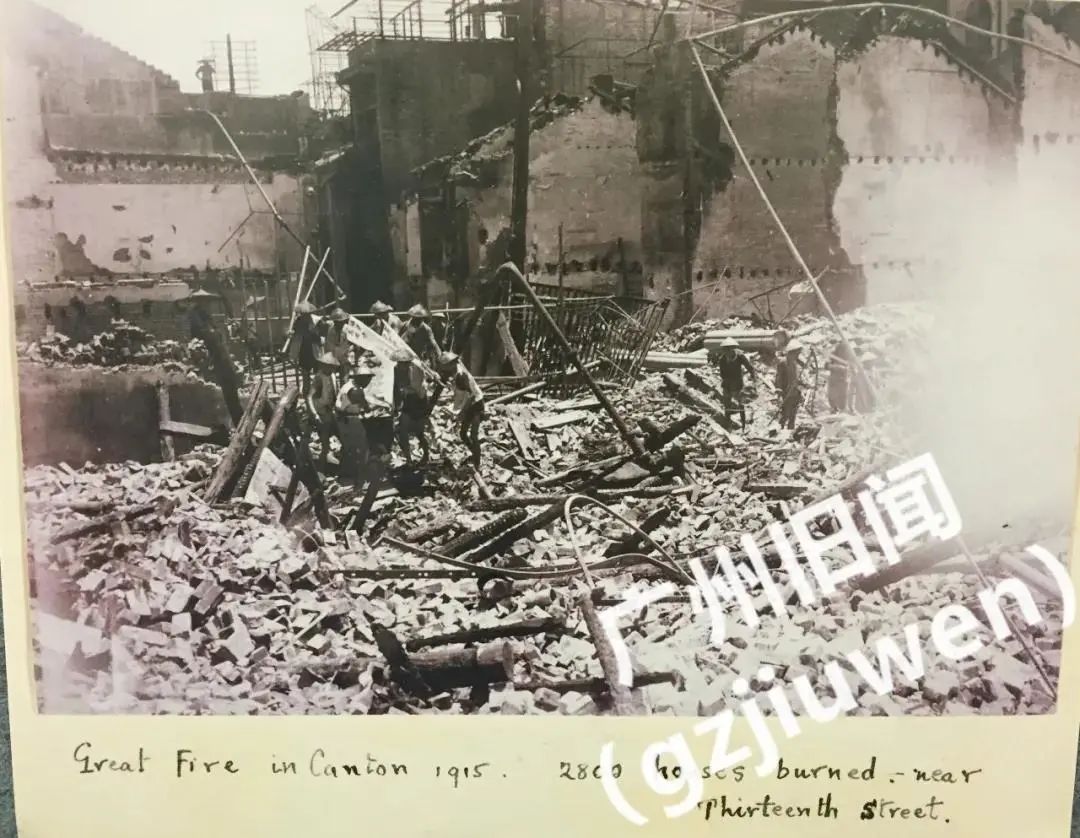
The fire burned 25 streets, more than 2,000 shops, and more than 10,000 people burned the dead. The coffin shop, which is "too large, has too many people, has a lot of ubiquitism", but has become the most prosperous business.
02
Why is there such a catastrophe in Guangzhou?
The flood in 1915 was aggregated by various reasons such as meteorology, astronomy, and geography. On the one hand, the Sanjiang (Xijiang, Beijiang, and Dongjiang) of Guangdong also occurred at the same time, and on the other hand, it was in the tide of astronomy, and the entrance to the sea was reversed. In the middle of the Pearl River, the large water can only accumulate in the Pearl River Delta.
In fact, the water in Guangdong has never stopped since the end of the Qing Dynasty. It can be said that since 1896 to nearly 20 years in 1915, "unintelligible". Zhang Zhidong, then the Governor of the two Guangxi, played a memorial: "I have seen every few years or decades before, and for more than two decades, there have been no years." There is almost no windy year.
The most fundamental reason is the land reclamation land.
In the Ming Dynasty, Guangdong farmers greatly surpassed the predecessor in the reclamation of Saitan and reclaimed wasteland, and increased a lot of arable land area. Since the Qing Dynasty, the enthusiasm of this cultivation of cultivation has been more than that, and the embankment of the Pearl River Delta has also continued to increase a total of 93, with a total length of more than 68,500 feet (before 1840).
Excessive positiveness causes people to compete with water, and the river bed is accumulated and the waterway is narrow and long. There are also many forest land reclaimed upstream, causing soil and soil loss. Water flooding is getting worse.
This flood was both a natural disaster and human disaster. The long -term disruption of water conservancy facilities rushed to the center of the town without any blockage.
In the Song Dynasty, Guangzhou had the concept of "sponge city". The "six pulses" in the "six veins are all connected to the sea, and the Qingshan half entered the city" is the drainage system of Guangzhou City. The six veins have transported the inner rivers, Yong, Qi, and Qu in Guangzhou City, play a role in draining, moat, transportation, fire prevention and other role in the ancient city.
Source watermark
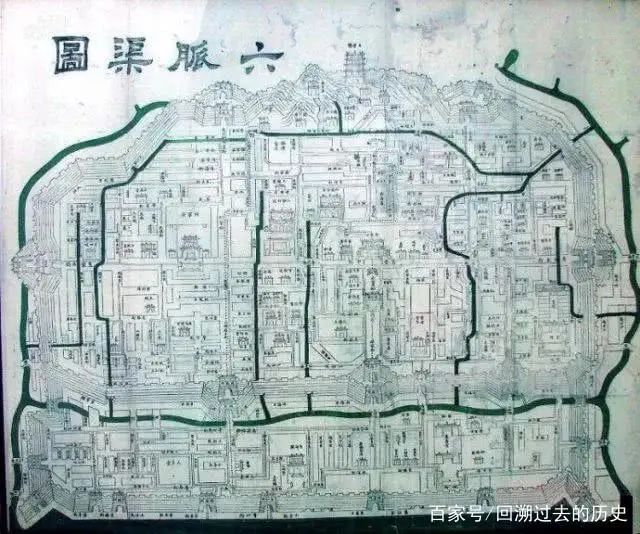
Dong Yong, which we usually hear, is the "city", which are the four major cities: Dongzheng, Xizheng, Shimizu, and Nankou. Generally, when it rains, rainwater and sewage in the city flow from the streets of the street into the six veins, discharge into the city, and finally flow into the Pearl River. People walk on the bluestone slab, and the water flows through the bottom. The rain will penetrate from the gap between the slate, and of course, it will also flow up.
Dongying Chung, picture source watermark
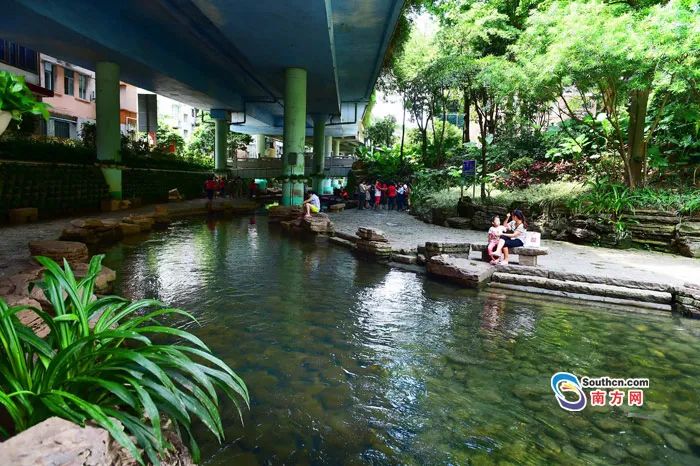
At the beginning, this six -pulse canal has always played an important role, and the drainage is not easy to soak.
However, these water conservancy facilities are not repaired once and for all, and they must be checked and repaired regularly. In the late Qing Dynasty and early Republic of China, the government was turbulent, and the government's money was used on military expenditures, and there was no time to take care of water conservancy construction. What's more, corruption, embezzlement of disaster preparation funds. The river was blocked outside, and the embankment was basically piled up by the landlord with soil. In addition to the height, it collapsed as soon as it rushed. Guangzhou Chenghe canal is also overwhelmed, and some bridges that unblock the floods have also lost their flood discharge capabilities. When the heavy rain fell from the sky, the floods came from under the ground.
Boji Hospital soaked in water, picture source watermark
Such a year after years, when the affected people have not yet rebuilt a strong house, the floods have been bubble again, and the vicious circle will only be more increasing. Even if the flood of the Yiyi is actually "a century -old encounter", it still makes the entire Guangdong a scorched soil.
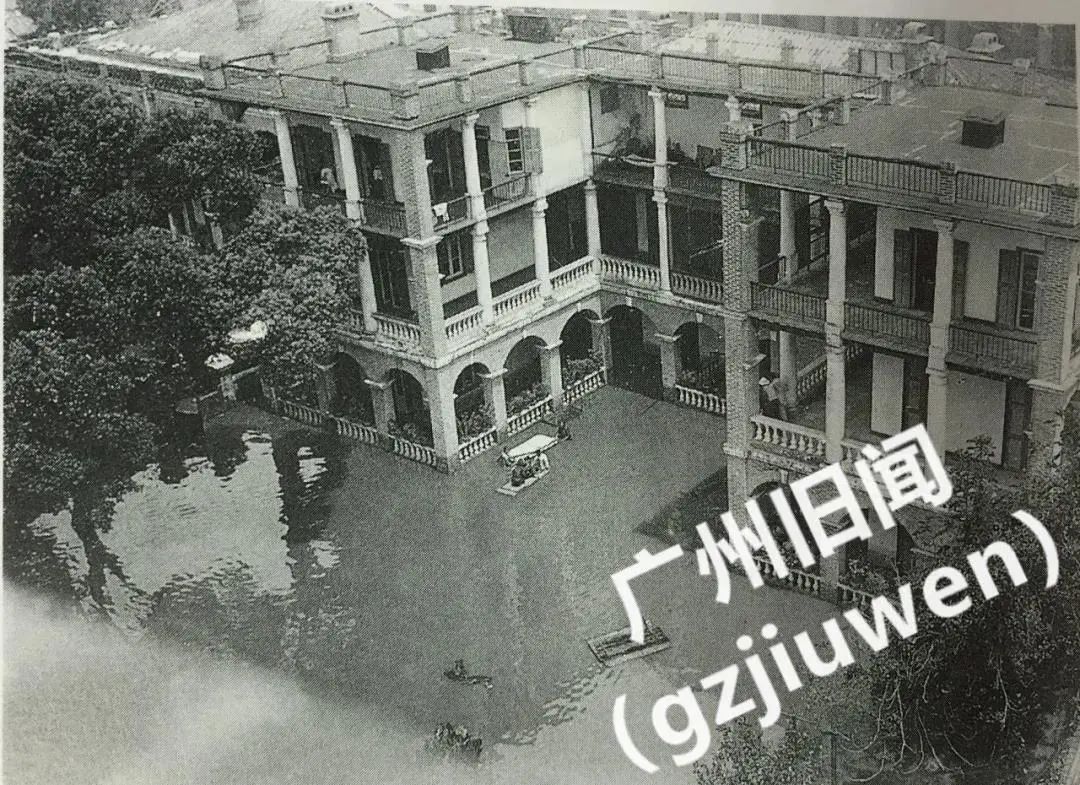
03
Change brought by the flood
After experiencing the heavy flood in 1915, the newly established Guangdong river governing matters actively carried out a series of measurement and water management work, and extended a group of foreign engineers to participate in the water management of the Pearl River. Tan Xueheng, the supervisor of the Guangdong River Governance Department, invited Swedish engineer Ke Weilian to design the Tiansha River rake sluice, and built the Sanshui reed buds in 1924.
The newly built Sanshui reed gates, the source network
This sluice is caused by steel, mechanical manipulation, free start and closing, and is very solid. Even if you have experienced a lot of floods, this gate is still as good as it is still as new.
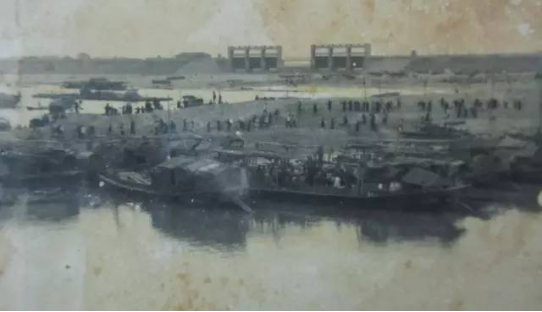
Later, the flood control standards and buildings have been strengthened to form three barriers, namely: Lechang Gorge Water Conservancy Hub, Qingyuan Feilai Gorge Water Conservancy Hub and Beijiang embankment.
In the urban area of Guangzhou, the construction of water conservancy in the early days of liberation. A large number of people went up the mountain to build a reservoir, and the dikes of the dikes were mobilized to build a golden liquid pool reservoir (now the lake) and excavated flowers in the upstream of Dongxingyong. , Liwan and Dongshan three lakes are used to store floods and flood division. Today, Dajinzhong, Huangpo Cave and other reservoirs and embankments on both sides of the urban area and Fangcun Dawei are all labor results of the year.
The excavated Liuhua Lake at that time, the picture source watermark
Take a group photo after excavating the Lake, Tuyuan Network
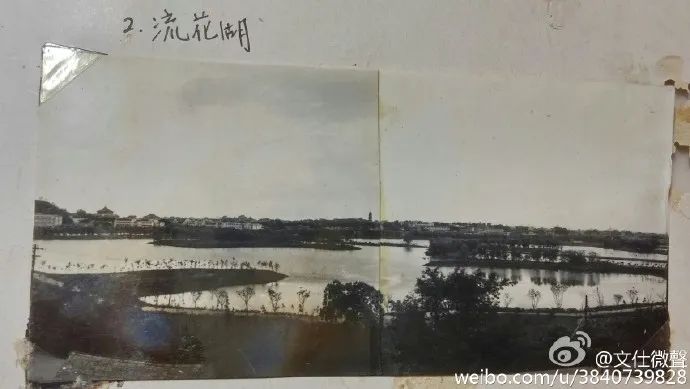
In addition to changes in water conservancy, there are people's thoughts. Many people think that in the future, they should not be struggling with the water, no more reclamation, and in the upper reaches of the mountains in the mountainous areas, and the deserted tree planting trees to prevent soil loss. Although these suggestions and ideas have not been implemented, the concept of river management and environmental protection has already taken a step.
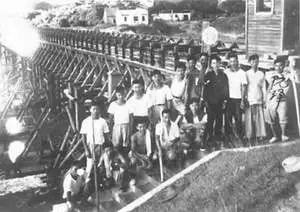
The new social disaster relief mechanism is further formed -righteous vendor activities. This is a new type of social relief activity that is set up by private institutions and dispersed disaster relief materials to disaster areas, which is different from the third way of disaster relief and feudal official vendors. Some business celebrities use news media propaganda to mobilize all sectors of society to donate funds and materials to the people in the disaster area.
04
Will the "Duck Duck Year" still repeat it?
Under the process of urbanization, the urban waterlogging is no wonder, and even some common problems in cities. Guangzhou was occupied by the "Stone Sknown Forest", and the water immersion occurred from time to time. Just like the situation of rain in the subway like Zhengzhou Line 5, Line 13 of Guangzhou has also appeared. Fortunately, the response was fast enough, and there were no casualties.
On May 22, 2020, Rainwater Irriged Line 13. Picture source Weibo
Even today, more than 100 years later, Guangzhou still faces many extreme weather every year, and its risk of floods and risks of flood prevention ranks first in the world. Natural disasters are inevitable, but they can do their best to reduce damage and sacrifice. For example, the subway should do hidden dangers on weekdays, set the flood anti -drainage tools in advance, and adjust the emergency plan in time; for example, if a city wants to solve the problem of waterlogging, it is the fundamental method to improve the drainage system ....
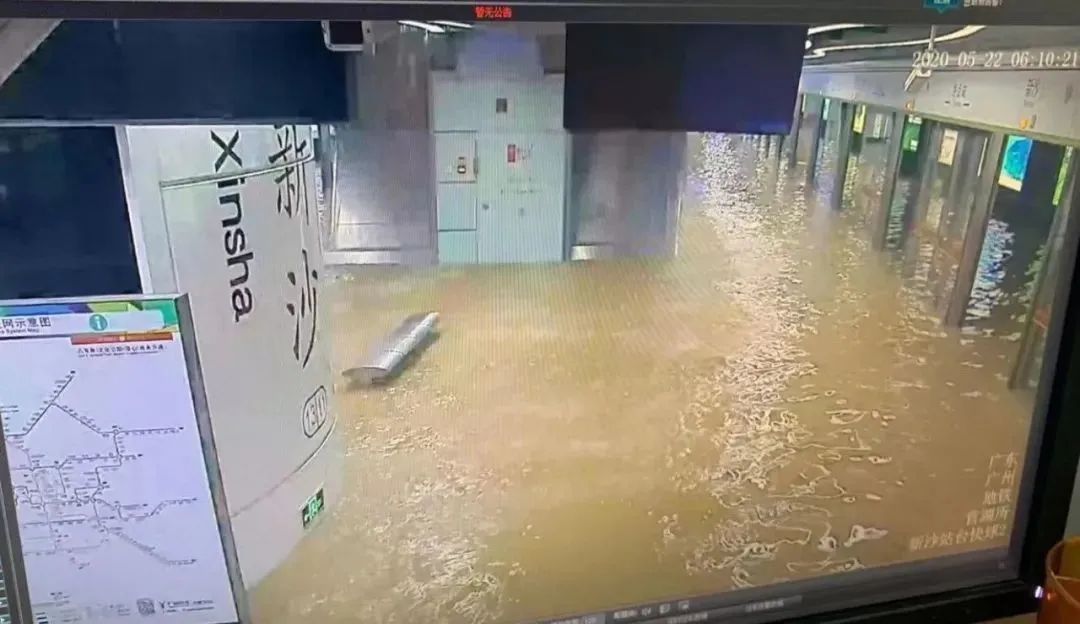
Although every time the heavy rain, the optimistic Guangzhou people always joked that "fishing fish head pots on the streets of Guangzhou" and "not to see Venice without leaving the house", but I really don't want to experience water soaking the street anymore!
references:
1 Zheng Zelong. Foreigners' eyes "unprecedented floods" [n]. China Archives, 2018-08-03 (003).
2 Li Qi. Yizheng Water Disaster and Guangdong Society in the late Qing Dynasty [D]. South China Normal University, 2005.
3 Wang Aiyun. At the beginning of the Republic of China, the cause of the flood of the Yizhen in Guangdong [J]. Economic and social development, 2015,13 (06): 80-83.
4 The history of the thousand -year water disaster in Guangzhou ... Guangzhou Old News
5 The flood of Guangzhou City in the year of the Yiyi.
6 Visit the 100 -year Seal of the Water Disaster Hope to provide inspiration for Guangzhou Water Management
Dear friends,
What do you think of Guangzhou's ability to resist the flood now?
Welcome to leave a message in the comment area!
- END -
One certificate and one network!The first electronic vaccination certificate in the country was born in Jiashan

Zhejiang News Client reporter Gu Yuting Correspondent Zhang Wenyan Wang Jie Hu Lin...
Liangliang County Meteorological Observatory to remove heavy rain and blue warning [Class IV/General
Jianliang County Meteorological Observatory lifted the heavy rain blue warning signal at 11:24 on June 10, 2022.